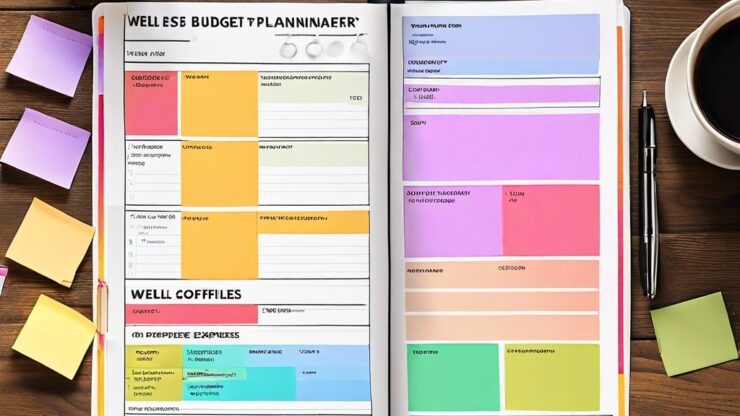Evaluating Your Financial Landscape
To embark on the journey of effective budgeting, it is crucial to first evaluate your financial landscape. This involves identifying all sources of income and existing expenses. By understanding where your money comes from and where it goes, you can create a more balanced and sustainable budget that focuses on essential expenses.
Begin by categorizing your expenses into two main types: essential and non-essential. Essential expenses are those that are necessary for basic living and functioning, while non-essential expenses are discretionary and can be adjusted or eliminated. This clear division will serve as the backbone of your budgeting process.
Core Elements of Essential Expenses
Essential expenses typically encompass several key categories that contribute to your overall well-being. To ensure a comprehensive understanding, let’s delve into what constitutes essential expenses, highlighting their importance in your budgeting process.
- Housing: Rent or mortgage payments, property taxes, and home insurance are fundamental to provide shelter.
- Utilities: Electricity, gas, water, and internet are necessary for daily living.
- Food: Grocery bills and basic nourishment costs are a priority for health and sustainability.
- Transportation: Essential travel costs, whether through public transport or vehicle expenses, are crucial for commuting.
- Healthcare: Insurance premiums, co-pays, and essential medications should be prioritized for well-being.
- Debt Repayment: Obligations such as student loans or credit card payments need to be managed to maintain financial health.
Strategies for Prioritizing and Adjusting Your Budget
Once you have identified your essential expenses, the next step is to prioritize these within your overall budget. This may involve making difficult decisions about which non-essential expenses to reduce or eliminate. An effective strategy includes regularly reviewing and adjusting your budget as needed.
Consider using budgeting tools or apps to track your expenses and visualize where your money is going. This can help you stay accountable and make informed decisions about your spending habits. Remember, the goal is not simply to cut costs but to create a healthy financial environment that supports your long-term goals.
Disclaimer
This article has been created or edited with the support of artificial intelligence and is for informational purposes only. The information provided should not be considered investment advice. Please seek the support of a professional advisor before making any investment decisions.






